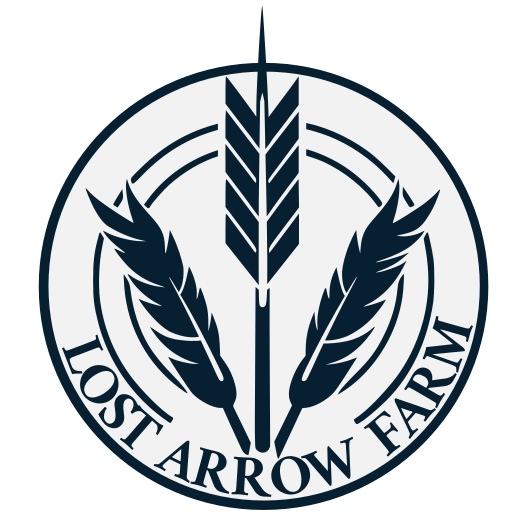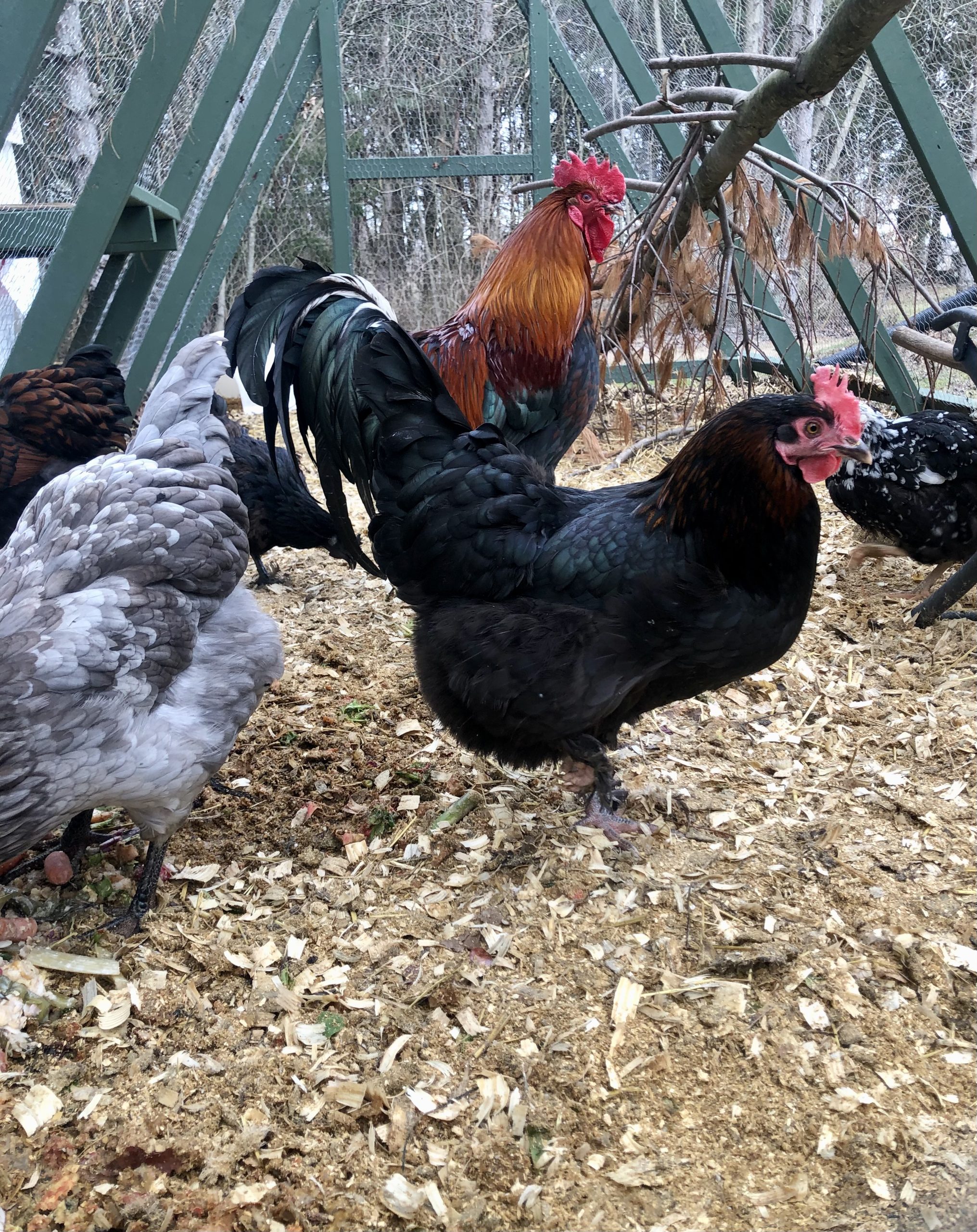The question of “hen or roo?” is one of the most commonly asked questions in chicken social media groups, in my experience. And now that I just typed out that I’m in not one, but multiple chicken social media groups, I wonder if I’m revealing too much but oh well.
Every spring without fail, there are multiple posts per day asking for help determining if their chicken is a hen or a rooster. Typically the hoped for answer is ‘hen’ because while roosters have their own value, hens produce food for us and in many communities people are not allowed to have roosters.
If you hatch your own chicks, you can expect approximately a split of 50/50 between females and males. The same goes for if you purchase ‘straight run’ chicks. If you purchase sexed chicks you have a much greater chance of getting all females, though unless they are a sex-linked breed there’s still room for a mistake as sexing chicks is delicate, difficult work.
Sex-linked chickens are ones whose colors at hatching differentiate male from female, which makes sexing the chicks much easier.
While the chicks still have their baby fluff, it’s basically impossible to tell them apart by sight unless they are sex-linked. There are various old wives tales out there about how to tell them apart in the days after hatching but they are inaccurate and only successful about 50% of the time, which coincides with there being a 50/50 chance of guessing the correct sex to begin with.
To be certain, you really need to wait until their feathers come in around 8 weeks of age, and sometimes even until sexual maturity around 18 weeks.
Roosters will typically be more colorful and iridescent than their female counterparts. Their tails will grow longer feathers than the females, they will have spurs develop on their ankles, their comb and wattles will be more pronounced, their hackles (feathers around their necks) and saddles (feathers at the base of the tail & lower back) will be skinny and pointy.
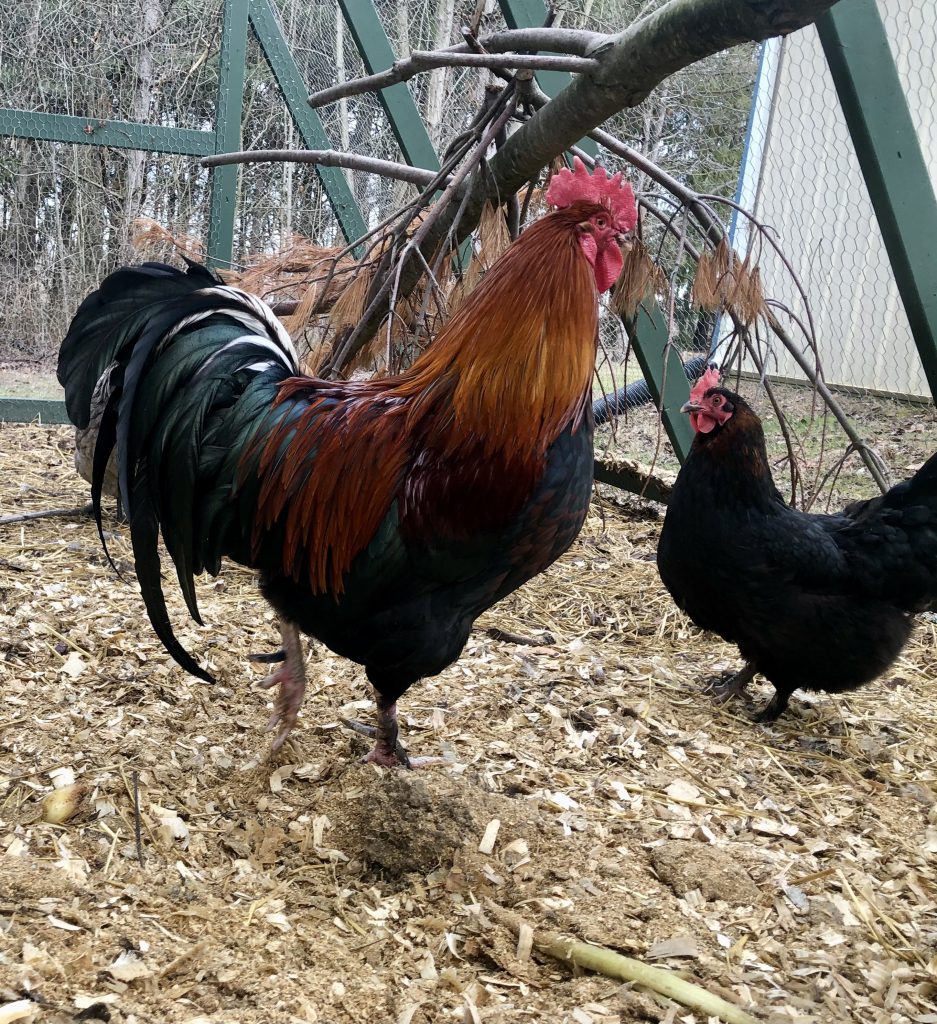
Hens will have shorter tail feathers, usually no spurs on their ankles (though it can happen!), typically but not always smaller comb/wattles, and their saddle and hackle feathers will be rounded. It is possible for hens to have pointed hackle feathers depending on the breed, so when in doubt look at the saddle feathers.
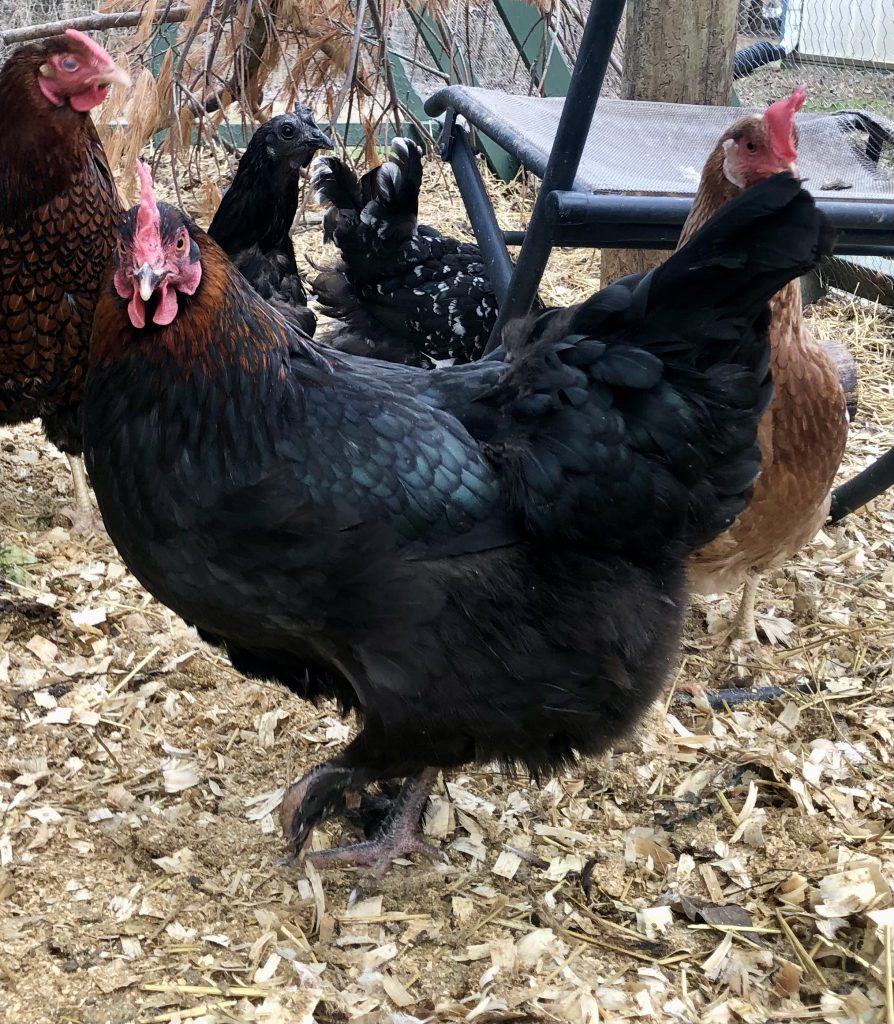
There are occasions when in the absence of a rooster, the dominant hen of the flock will take on some of the rooster characteristics such as growing spurs, more pronounced comb & wattles, and even crowing.
Sometimes, the only way to know for sure is at sexual maturity – if it starts laying eggs it’s a hen, and no eggs + crowing means it’s a rooster.
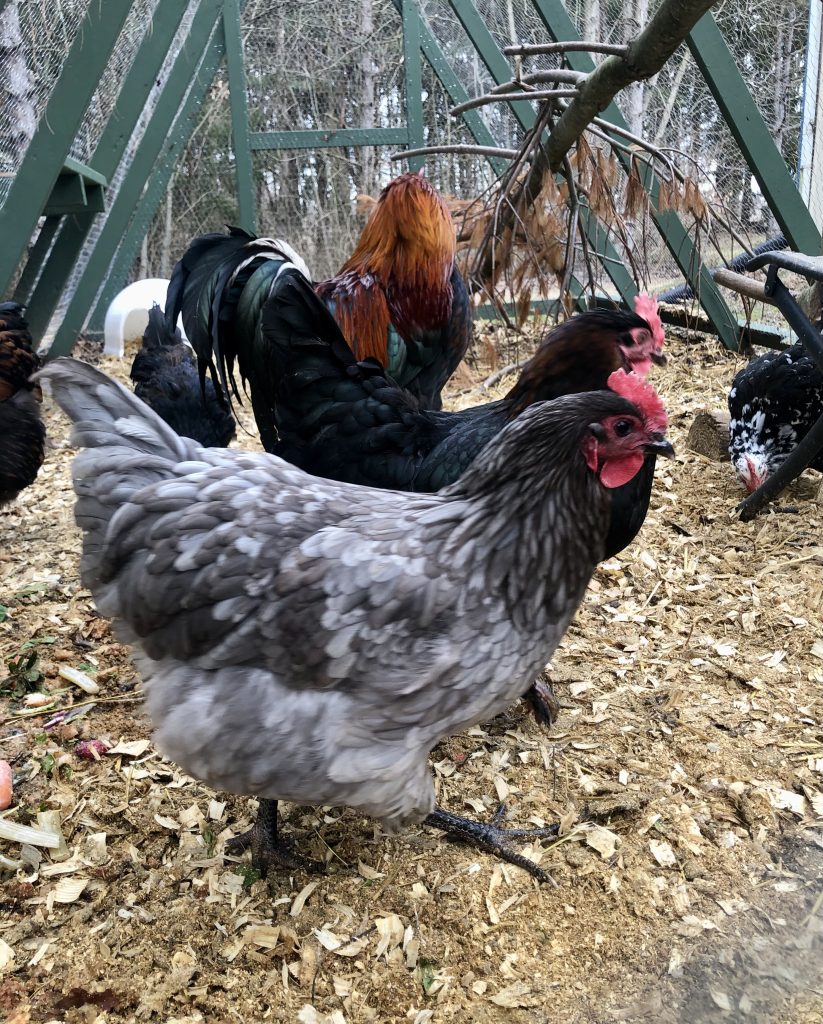
If possible, it’s good to have a plan in place for any unintended roosters. If you do not have appropriate ratios of 10 hens to 1 rooster (optimal), or at least 3-4 hens per rooster, then you will have stressed out hens and fighting between the males is likely and potentially deadly. As if that weren’t enough, stressed hens often will not lay eggs.
So with this knowledge in hand, happy soon-to-be chick season!
